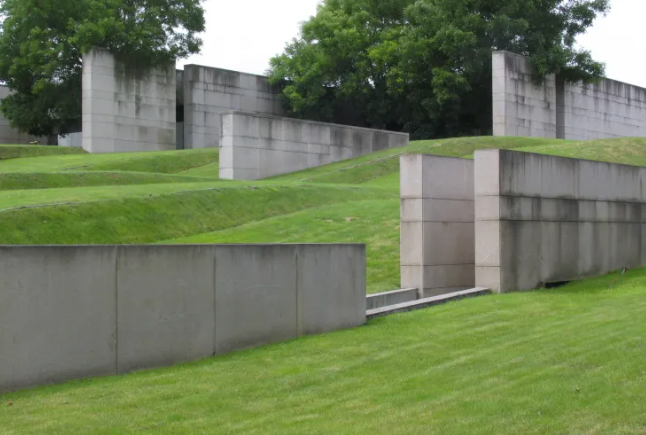Kathryn Gustafson: Revolutionizing Landscape Architecture
Kathryn Gustafson is a name synonymous with innovative landscape architecture. With her distinctive approach to design and a portfolio that spans from civic spaces to private gardens, Gustafson’s work has significantly shaped the way we interact with outdoor environments. This blog post delves into her design philosophy, notable projects, and the impact she has made in the field of landscape architecture.
Inspiring Design Philosophy
At the heart of Kathryn Gustafson’s work is her commitment to creating spaces that foster community and connection. Gustafson believes that landscape architecture has the power to redefine public and private spaces, making them more accessible and inviting. She often emphasizes the importance of blending natural elements with architectural features, which can transform an ordinary site into an extraordinary experience. This philosophy has positioned her as a thought leader in the industry, inspiring many emerging landscape architects to think beyond traditional design boundaries.
Notable Projects
Gustafson’s portfolio includes a range of iconic landscapes around the globe. One standout project is the Diana, Princess of Wales Memorial Fountain in London’s Hyde Park. This dynamic design encourages interaction, inviting visitors to walk or interact with the flowing water while providing a tranquil space for reflection. Another remarkable project is the Lurie Garden in Chicago, where Gustafson beautifully integrates plant life with urban elements, creating a serene oasis amidst the bustling city. These projects not only enhance their surroundings but also cultivate a deeper appreciation for nature in urban settings.
Environmental Consciousness in Design
Gustafson’s work also reflects a strong commitment to sustainability and environmental stewardship. She often incorporates native plant species, which require less maintenance and are better suited to the local climate. Additionally, her designs frequently use permeable materials that help manage stormwater runoff, contributing to healthier ecosystems. By prioritizing environmental consciousness, Gustafson sets a precedent for future landscape architecture, demonstrating that aesthetic appeal and ecological responsibility can go hand in hand.
Conclusion
In summary, Kathryn Gustafson’s contributions to landscape architecture are both profound and inspiring. Her dedication to innovative, sustainable design continues to shape landscapes around the world, making them more accessible, engaging, and environmentally friendly. If you’re interested in the world of landscape architecture or simply want to appreciate the beauty of well-designed spaces, explore more about Kathryn Gustafson’s work and consider how these principles might apply in your own surroundings.

